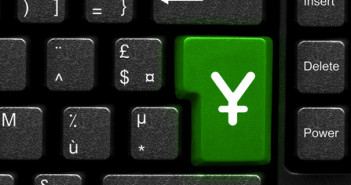In a quiet overnight trading session, the USD/JPY was the dominant currency as the pair retreated from overnight highs after technical levels showed that it had been very much overbought over the last few trading sessions.
While most analysts expect a further move higher on USD/JPY, this pause in the move is considered a “break in the actionâ€, as policy moves in Japan are expected to continue to weaken the JPY. The pair had reached a high of 88.40 on Friday, the highest it had been since July 2010. Support for USD/JPY appears at 87.50, followed by 87.20, while resistance is at the Friday high of 88.40.
The Bank of Japan will hold their first meeting under the new Abe Administration later this month on January 21 and 22. PM Abe has stated that “bold†monetary policy will be part of his economic measures.
Traders begin the week concentrating on central bank meetings this week in England and Europe. The Bank of England and the European Central Bank both meet for the first time this year on Friday. While there is speculation that the ECB will lower rates in the near term, after President Draghi revealed that rate cuts were discussed at the last meeting, most analysts do not expect any action coming from the ECB this week. The BOE is expected to keep the status quo at their meeting as well.
Over the weekend, the Basel Committee for Banking Supervision met and eased the asset rule. The major change was the Liquidity Coverage Rule, the LCR, which requires banks to hold liquid assets to cover all expected outflows that are anticipated over a 30 day period. This news hasn’t had a major effect on the currency markets, but is aimed at giving banks an opportunity to finance recovery.
In other currencies, the Canadian and Australian Dollars seem content trading within their overnight trading ranges. Support in the USD/CAD is at .9850 and .9830, while resistance appears at .9890 and .9910. AUD/USD support is at 1.0460 and 1.0430, with resistance at 1.0500 and 1.0530.
Expect a quiet North American trading session on Monday. EUR remains in the 1.3000 trading range, with bias still showing for a lower EUR as we approach the central bank meetings later this week. Support for the EUR is at 1.3020 and 1.3000. Resistance is at 1.3070 and 1.3090.
Further reading: 5 Most Predictable Currency Pairs – Q1 2013



